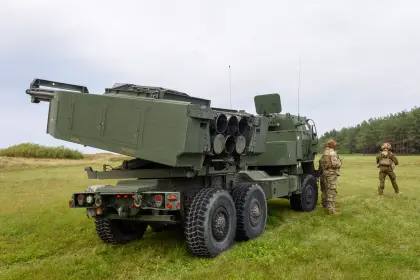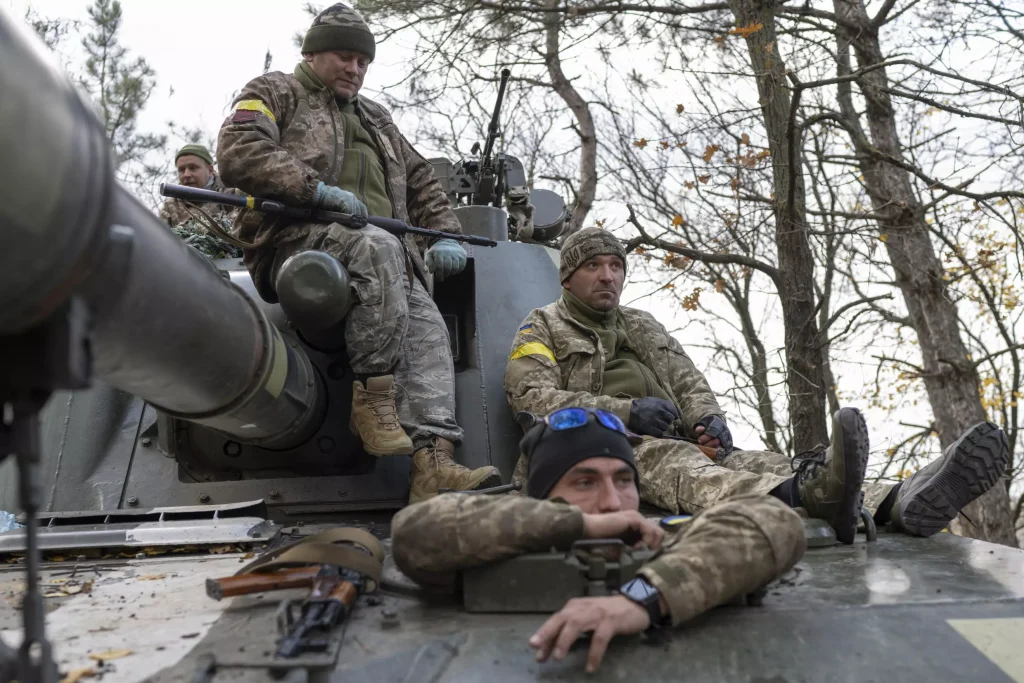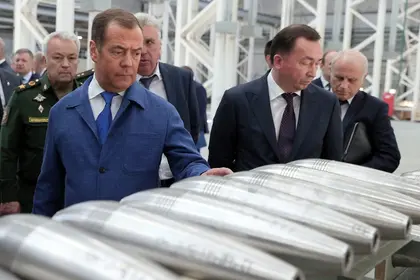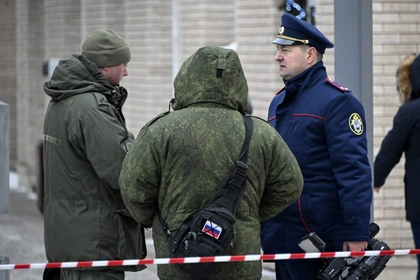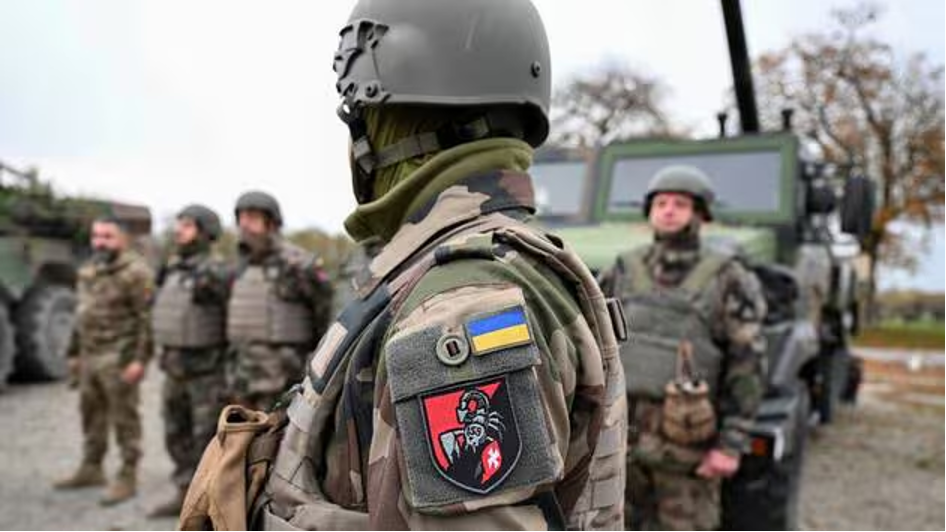The bursts of Ukrainian fire flying over his head at the Russians in their southern stronghold of Kherson down the road gave Oleksandr Prikhodko reason to hope.
The energetic 42-year-old was standing in the soot-covered ruins of the family store he had built on the edge of land Russia suddenly claims as its own.
JOIN US ON TELEGRAM
Follow our coverage of the war on the @Kyivpost_official.
The Russians smashed his life’s work to smithereens during their second attempt to seize the nearby Ukrainian riverside port of Mykolaiv in July.
The Ukrainians have since launched a stirring counterassault that has turned the road between Mykolaiv and Kherson into one of the central axes of the war.
Prikhodko grew up along that road in the one-factory village of Kotlyareve.
The Russians blew up the factory as well.
“When you hear news about our successes, there is huge psychological relief,” Prikhodko said between sharp bangs of outgoing rocket fire.
“Even tiny things such as seeing a military car drive out to the front and then safely come back makes you feel better,” he said.
“Our lives depend on our soldiers. And they have to somehow understand that we know that.”
– Methodical approach –
Ukraine’s counteroffensive began in early September across northern regions that the seemingly stunned Russians ended up conceding without barely a fight.
Neither side — nor the villagers in Kotlyareve — expect the same in Kherson.

Ukraine Must Join the Joint Expeditionary Force, and the UK Should Lead the Way
The city and its eponymous region offer a gateway to Kremlin-annexed Crimea and the commercially important Sea of Azov.
Its fall would leave Vladimir Putin with almost nothing to show from a campaign that has turned the Kremlin leader into a pariah and thrown Russia into Soviet-era isolation.
Ukraine’s battle for Kherson began with a methodical assault by long-range missiles that Washington agreed to start supplying in late May.
The Ukrainians successfully targeted weapons silos and supply routes that Russia used to arm its troops in Kherson.
The idea was to limit the Russians to whatever weapons they had on hand and prevent them from getting more.
And then they pounced.
– ‘Like a rollercoaster’ –
The sounds of war echoing around Kotlyareve suggest Ukraine’s strategy is bearing fruit.
The Russian are responding to the Ukrainian barrages with sporadic salvos of fire that barely register with villagers steeled by eight months of war.
“They are shooting a lot less at us now,” said local factory driver Viktor Romanov.
The 44-year-old and his wife Iryna were making their weekly return visit home to feed their abandoned pets.
But they still prefer to wait out the war in Mykolaiv — both because it feels safer and because the city is more likely to have stable supplies of gas and lights.
“We have been hopeful before and then watched bombs fall on our heads,” Iryna said.
“You feel like you’re on a rollercoaster — your mood swings up and down,” she said of her trust in Ukraine’s ability to beat back the Russians.
– ‘Completely cut off’ –
A new wave of weekend strikes on Russia’s Black Sea Fleet base in Crimea appears to be part of Ukraine’s more confident and muscular approach on its southern front.
Kherson native Oleksiy Vaselenko — a Russian speaker who fought against Moscow’s proxy forces in eastern Ukraine during a lower-scale conflict in 2014 — was worried.
The 32-year-old worked at the same destroyed Kotlyareve factory until its destruction and kept up with his relatives in Kherson the entire time.
He does so in complete secrecy — and at immense risk to his loved ones living under a Kremlin-imposed state of martial law.
“Everyone I know there wants to come back to Ukraine. They are really suffering,” the factory worker said.
He said an apparent Ukrainian attack that disable Russia’s new bridge to Crimea earlier this month also severed supplies to Kremlin-controlled parts of Kherson.
“They feel completely cut off,” he said with a sad shake of the head.
“Somehow, I think that if Ukraine had the type of Western support in 2014 we do now, none of this would have happened.”
You can also highlight the text and press Ctrl + Enter


